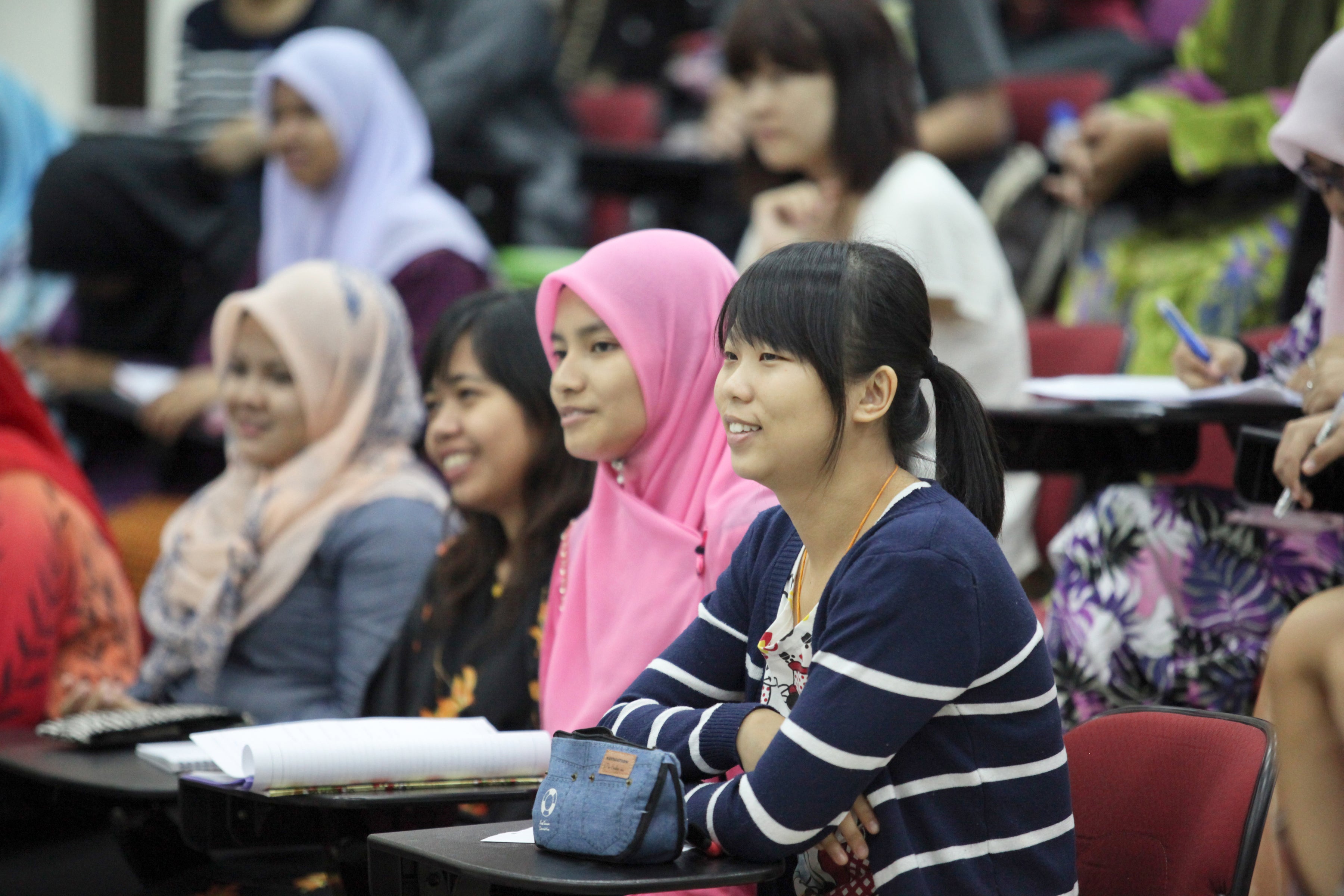
Growing up in a developing country, I remember having some naive but clever solutions to the inequalities in and around my life. I had barely settled into my new teenage shoes, but I was already making indignant inquiries from my parents: “Why can’t we just fix everything for everyone?”
Ten years later — now blessed with a quality education and some work experience — those ideas today are likely less naive (and, I would hope, a little more clever).
But where should I be vocalizing such ideas? The answer: In boardrooms, government buildings and high-level policy meetings. That is according to a group of global leaders who met at the World Bank Spring Meetings in April.
And everyone agreed: The voices of youth at the table that morning were the most important ones. There was both a very vocal consensus and an unspoken urgency in the room that youth be involved in policy and decision-making about their future. This is especially important since young people across the world who are excluded from development may feel out of place, withdraw from civic life, and find extremism increasingly appealing.
Today, there are an estimated 1.8 billion youth in the world. That’s nearly a quarter of the world’s population hoping to someday grow into happy adults; that’s 1 in 4 people aspiring to be equipped with a complete education, sustainable job, and long, healthy life.
These decisions that we make as young people — about education, employment, migration, voice, and health — have serious and lasting consequences on everyone, even those in generations to come. It is empowering to realize that I will play a part in determining whether the Sustainable Development Goals are met, whether gender equality is achieved, whether climate sustainability becomes a reality.
Yet despite these high stakes, the global statistics are alarming: Young people make up more than half of the world’s unemployed; 121 million children are still out of school; pregnancy and childbirth complications are the second leading cause of death for girls between 15 and 19 years of age. Youth also dominate migration, often leaving home to seek better opportunities or a more peaceful environment.
Tackling these challenges will take involving the voices of young people in decision-making — and more. Here are several other recommendations came out of the discussion.
- It’s a gender issue: Wide disparities exist in education for women. A young woman who cannot control if and when she has children faces obstacles to completing an education or maintaining decent work. Therefore, not only is gender equality the right thing to do, as one of the leaders pointed out, it’s the economically wise thing to do.
- It’s a climate change thing too: Young people of today are going to have to deal with the climate change of tomorrow, of next year and of 2050. At the same time, young people are also setting up energy efficient solutions. They are the drivers of climate change campaigns around the world. It is therefore important to connect youth and the environment, similar to how the Children’s Investment Fund is doing.
- The first 1000 days and adolescence are key windows: The day after a baby is born is not too early to start. A growing body of scientific evidence shows that investing in those early years is critical to ensuring children grow up achieving their full potential.
- Be disruptive: One young leader at the table endorsed a solution that is as disruptive as Silicon Valley. Furthermore, many organizations have realized that technology and digital platforms are the best way to find young people—where they are already having discussions about #adulting (yes, that’s an actual term) and their futures.
- Look at employment, but also look beyond: It is more intricate than having a job, or even a good job. There is much to be learnt from the aspirations of youth who migrate to different countries. They are often coming in search of a better quality of life. Think about ways to re-create that quality in their home countries.
- Data and partnerships are important: Data on the success of development projects must not only be collected and maintained; they should be shared across organizations and sectors. This is one of many options for a horizontal solution.
Follow the World Bank Social Protection team on Twitter @wbg_splabor.


Join the Conversation